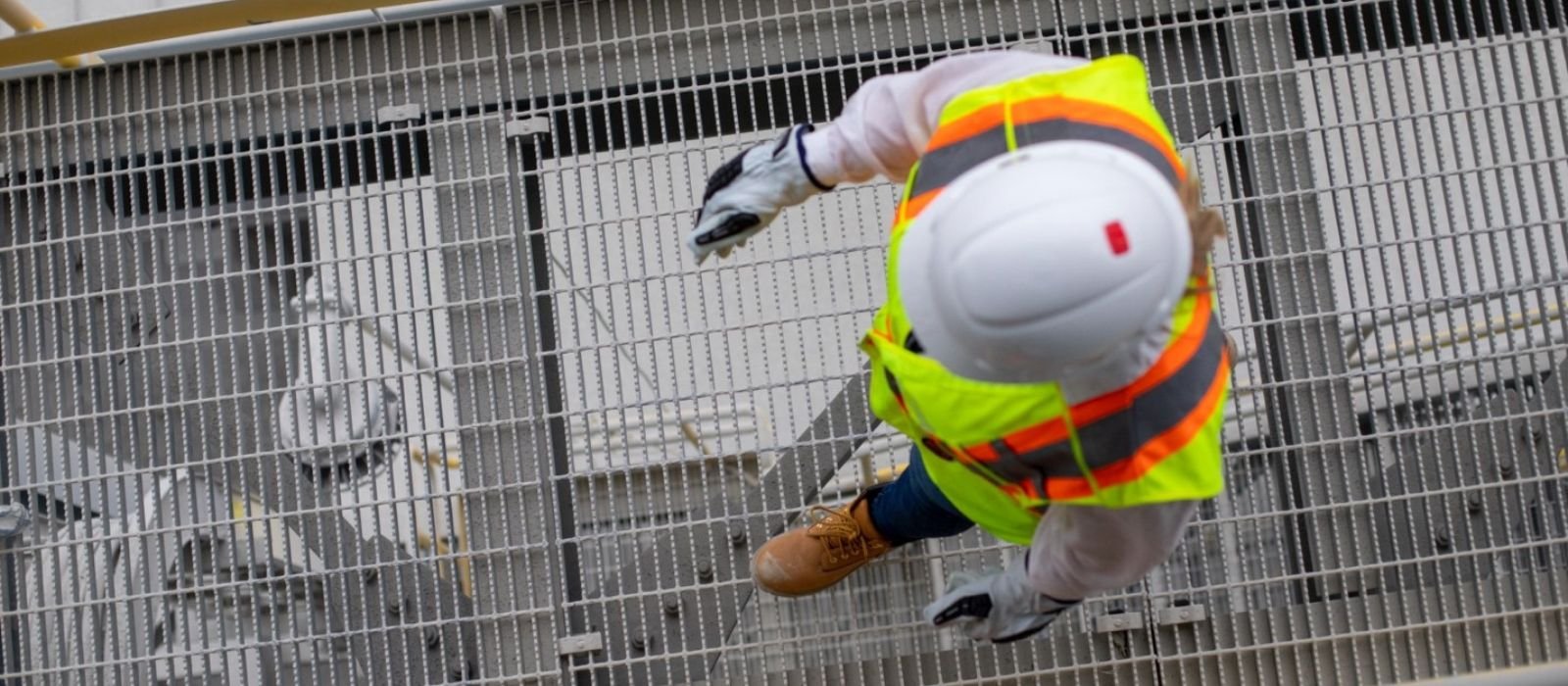Seven operational readiness considerations for new projects

Operational readiness is about more than hitting a nameplate production target in a desired timeframe. It is about mitigating risk, unlocking opportunities, and maximising return on capital investment to achieve long-term objectives that meet stakeholder requirements. A critical component of operational readiness is the application of asset management principles to effectively manage performance, cost and risk.
In the context of mining, asset management typically applies to physical assets such as mining equipment, but the fundamental principles can be used for financial and digital assets as well. The term asset management is often used interchangeably with maintenance management; however, asset management is a broader concept that considers the entire lifecycle of assets, including their acquisition, operation and eventual disposal or ownership transfer. All organisations benefit from applying tailored asset management principles, not just established organisations with substantial resources and expertise
On average, it can take 15.7 years (S&P Global 2023) for a mining project to move from discovery to first production — often delayed by challenges in permitting, financing, infrastructure development and operational readiness. At the start of projects, the focus is often on capital and financial asset management but many challenges arise from gaps in physical asset management, particularly around the commissioning, operation and maintenance of critical equipment. Not only new physical assets, but also older ones acquired for new operations.
Many issues can be traced back to a lack of preparation, readiness and resilience, all of which can be remedied through sufficient early planning with key stakeholders, including subject matter experts. Key to successful production ramp up is applying asset management planning early in the project lifecycle. Incorporating these activities early ensures that the post ramp-up period is followed by sustained long-term results.
Ausenco’s team has significant experience helping emerging miners develop and follow a readiness roadmap to effectively manage risks while also unlocking opportunities. The goal is not always to implement best practices from day one, but rather to find a way to improve continually, addressing the right challenges at the right time.
Our approach is to apply fundamental asset management principles tailored to specific project needs using centralised tools and templates. This ensures consistency, efficiency and ultimately a smoother path from development to production. From an operational readiness perspective, applying asset management principles in a targeted manner supports successful production ramp up and helps achieve sustained production targets in a way that meets organisational requirements.
Some special considerations when undertaking operational readiness:
1. Evaluating asset failure consequences
Emerging miners need to effectively explore, understand and mitigate the consequences of potential asset failures through performing a “what if?” analysis. During the commissioning process, we need to adopt the mindset of "what’s next?". It is important to facilitate an engaging and methodical process to ensure critical risks are identified.
2. Developing “readiness” and embracing “unsteadiness”
The operational readiness process needs to start early. It must be designed to adapt to business interruptions and adverse conditions. No transition to operational state goes 100% to plan, but the key is achieving resilience through contingency planning, teamwork and leadership.
3. Find a better way, but do not invent one
There are times when it pays to be inventive but the better way can be to use tried and tested methods that are tailored as required. Even if technical aspects of a particular operation may be new and unique, we should consider what has worked in the past and any lessons learned.
4. Non-process infrastructure
Asset management for non-process infrastructure is crucial for ensuring success. This applies to warehouses, workshops, offices, transport infrastructure, electrical infrastructure, utilities and other important amenities and services. These assets, even when temporary, all generate value in their respective ways but also have costs and risks to manage.
5. Prioritise and postpone effectively
Companies with limited resources need to focus on high value-add activities and consider postponing others,. planning for their eventual and gradual execution. Visibility is the key to ensure that all key stakeholders can see what has been and what remains to be done.
6. Respect the circle of (asset) life
Asset management is about extracting maximum value from assets, and this may mean disposing of assets effectively when the time is right. It is important to determine the right strategies needed for each asset.
7. Strategic outsourcing
Being strategic when outsourcing due to resource constraints involves careful vetting and selection of the right partners who can provide early and long-term support with brainstorming, planning, execution and implementation. The key is engagement, communication and establishing clear direction so that all parties understand their responsibilities.
With all the challenges that come with project development, Ausenco is proud to have a highly experienced team ensuring that asset management solutions are implemented in a way that best suits the specific needs of each organisation. Our goal is to work together to find a better way to maximise your investment.
Reference:
S&P Global 2023, Discovery to production averages 15.7 years for 127 mines, https://www.spglobal.com/market-intelligence/en/news-insights/research/discovery-to-production-averages-15-7-years-for-127-mines, accessed May 16 2025.